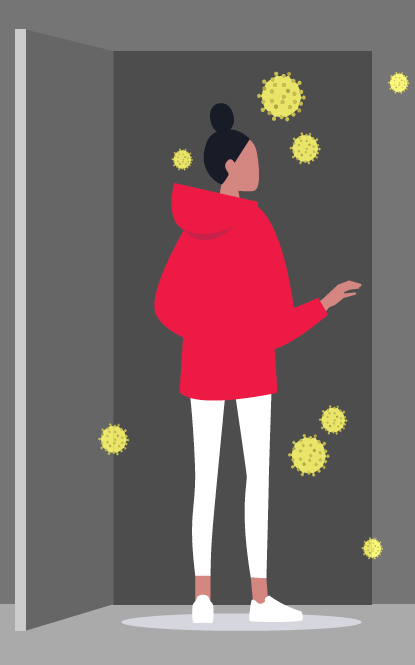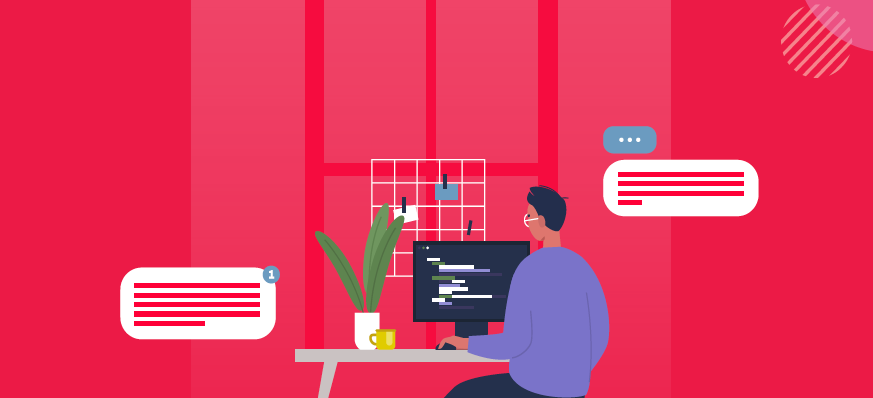Editor’s note: Katie Buckley is a managing partner at Basis Research, Chicago. She can be reached at buckley@basisresearch.com.
Moving forward from fear
 Consumer brands, just like consumers, found themselves thoroughly disrupted by COVID-19 and look forward to the day it no longer defines what they do. But it’s hard to plan for a future when anxiety still hangs in the air and the next normal feels impossible to imagine. As tempting as it may be to limit current investments to triage, brands have the opportunity to not only keep their products on shelves, but help consumers transition back to feeling safe. Psychologists and strategists describe a population transformed by uncertainties. They, and the qualitative research field, see this as a critical time for brands to seek consumer perspectives and be part of rebuilding confidence, not just driving purchases.
Consumer brands, just like consumers, found themselves thoroughly disrupted by COVID-19 and look forward to the day it no longer defines what they do. But it’s hard to plan for a future when anxiety still hangs in the air and the next normal feels impossible to imagine. As tempting as it may be to limit current investments to triage, brands have the opportunity to not only keep their products on shelves, but help consumers transition back to feeling safe. Psychologists and strategists describe a population transformed by uncertainties. They, and the qualitative research field, see this as a critical time for brands to seek consumer perspectives and be part of rebuilding confidence, not just driving purchases.
Feelings matter more than you think
People like to think of themselves as rational beings, but conscious and unconscious emotions play a much larger role in their decisions that most imagine. Emotions influence everything, from who they like to what they do and the brands they choose.
To engage people positively, brands need to know not only what their consumers do but why they do it, recognizing that feelings are an important factor. The qualitative research field studies those questions. We probe people’s thoughts, map habits and most importantly, investigate emotions – those rolling, all-powerful motivators that define so much of the human experience.
Today, this work has never been more vital. Consumers’ lives are more complex, stressful and uncertain than they’ve been in a long time. Brands that want to stay connected would be wise to be informed on what they’re feeling. As much as everything feels paused, this is no time to stop asking questions.
Fear is pervasive and paralyzing
The dominant consumer emotion today is fear, particularly in the U.S. and parts of Europe. Thanks to COVID-19, the people and things that once made us feel secure are potentially dangerous. Even places of ultimate refuge, like hospitals, are threatened and threatening. It’s hard to overstate the impact on the human psyche. We are a social species; denying our primal urge to gather for safety is exhausting.
Compounding this fear is uncertainty, as few people trust the messages coming from traditional sources of reassurance and authority. Is a second wave of infection on the way? Will the global economy crash? Will anything like the “normal” we once knew return? From governments down to parents, no one knows what they can say with confidence – a phenomenon that Jen Drexler, New York City-based consumer behavior expert, recently called a “real democratization of cluelessness.”
With fear dominating people’s psyches, attitudes and behaviors have changed. We see evidence that consumers are trapped in a semi-catatonic state – still minimizing spending and suspending travel plans, continuing to delay health appointments and procedures. They’re waiting for a magical indication that they can return to living. But nothing they see or hear shakes this paralysis.
As of this writing, lockdowns are being lifted and regions are reopening. Fear is still the main emotion and will be for some time, but it’s starting to compete with other feelings like boredom, nostalgia, excitement and more acutely, new anxieties. The coming weeks will be filled with telling inflection points, when some emotions surge and others recede. Do brands have any idea how to respond? Many seem as paralyzed as the consumers they serve.

The danger in brands speaking without saying much
Brands, like everyone else, don’t have great answers. But they have to say something if they want to be top-of-mind, drive sales and stay in business. So they’re currently saying a lot – little of it is helpful.
Through rushed ad campaigns, brands are leveraging imagery and language that reflects our current situation. They’re mixing messages and metaphors. They’re presenting familiar scenes and telling their consumers, “We’re all in this together.” No one can doubt the good intention behind these words, but their impact is questionable. Different communities are experiencing this crisis differently. There’s no meaningful one-size-fits-all message.
Meanwhile, researchers observe that consumers don’t just want comforting messages; they also need empathetic companions through this dark period. In some parts of their lives, they may eventually go back to their old ways. But in many others, they’ll be forever changed, their pivots having reshaped their relationship with brands and possibly even consumption writ large. Brands across categories that don’t seem curious about their feelings or respect this journey can’t help – and risk being left behind.
“Every brand is impacted because every person has been impacted,” says Hilary Woods, a senior advertising planner in the U.K. “And every brand will have to respond through a lens of human understanding and empathy.”
Marketers, then, don’t need to share fuzzy positivity as much as they need to build sound strategies for being remembered, much less relevant, a year from today. The challenge is far bigger than finding something hopeful to say to bump short-term sales. Lisa Hebner Vila, Psy.D., recently framed the question all brands should be asking in far more human terms: “How do we [all] come back from fear?”
Invest in understanding, not lip service
Fear is powerful, but it doesn’t erase who consumers were and still want to be. Brands matter. They still play a role in people’s lives, even during moments of crisis. Rather than play it safe and wait for normalcy to restore roles that may or may not exist anymore, brands can make a new commitment to learning about the people who buy their products and playing an active part in our collective recovery.
“Brands have always had the opportunity to help people deal better through innovation of products and services that meet new needs,” says David Beaton, senior partner at Custometrics. “But they also help people feel better through emotionally resonant and meaningful communications.”
Qualitative research was never a magic bullet, but it’s always been an effective tool for diagnosing gaps in understanding between brands and people. The practice uncovers the human ramifications of cultural shifts and developments of all kinds. Resulting insights empower brands to reconnect with empathy, innovate against new demands, put smart stakes in the ground and speak with purpose and clarity no matter the context.
This brand imperative feels especially important now. Qualitative research focuses on people’s thinking and feelings, never asking them to predict the future but establishing a context for making better business decisions. Well, COVID-19 is quite a context, and very expensive decisions are being made right now. No, it’s not the time to test brand colors, but it is time to check in on their greater mind-set.
Threat situations narrow people’s thinking so that only the simplest, clearest messages can penetrate. Without mapping the psyche, new habits and behaviors of this moment, those brands can’t know how to reach out in ways consumers will hear. Without navigating and resolving competing emotions, they risk sending off-target messages that will only go unappreciated.
But brands that meet the challenge will discover unexpected truths and accurately assess where they stand in people’s lives, particularly when it comes to barriers. Most importantly, their research will indicate how they can stay connected and contribute through this crisis, the next and a better future. Their relationships will stay seamless, everyone moving forward together.

Building a post-COVID-19 world through new confidence and connection
As consumers find their way through this fearful age, we know they’ll reappraise, rethink and reinvent themselves. Brands can keep their competitive footing by joining in the process. Understanding their consumer, they’ll reach them. Knowing where to meet people in their lives and what role to play, they can create a sense of stability as the next normal develops for all of us.
Consider Apple’s touching “Creativity goes on” ad, released in early April while U.S. states were locking down. To the soundtrack of a lone musician playing piano, the brand showed us individual scenes of COVID-19 isolation made livable – even delightful – by the brand’s technologies. Apple took a risk: honoring consumer loneliness. The brand said it was inspired by people “finding new ways to share their creativity, ingenuity, humanity and hope,” spreading warmth and calm that made hope feel possible.
Brands need sources of hope and stability as much as people do. Countless brands are implementing COVID-19 response strategies right now, few of them guided by their consumers’ thinking, feelings and evolving behaviors. Through qualitative research, they can understand what their consumers have been through, then take stock of their own value – and reimagine their potential in the context of real lives, increasing the value of each new investment.
No, we can’t know the future, but we can journey there together – when we invest in human understanding. Experts in the power of emotions agree: brands should choose to learn and care about the powerful feelings and shifting lives of their consumers today. If they do, they’ll connect and live on as cherished forces for good beyond this fraught moment.
